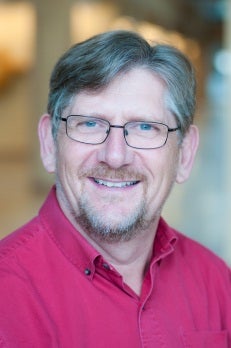ABSTRACT: Fuel cells have had a roller coaster ride of popularity and disrepute over the past 25 years. Companies were formed and went public in the wake of the huge so-called dot-com bubble. As these fuel cell companies appeared on the stock market they were usually accompanied by spectacular claims of major breakthroughs most of which were later discovered to either be hugely overstated or much too early in the development cycle. What was initially viewed as the dawning of a new era of clean energy was later viewed as a huge hoax by speculative investors who eagerly purchased these stocks just as the bubble was about to burst. This roller coaster ride began when a small team of three people at Ballard Power Systems in North Vancouver consisting of a chemical engineer, a mechanical designer and a chemical technologist made a real breakthrough in the performance of Polymer Electrolyte Fuel Cell performance that was based on a clear understanding of mass transfer and fluid dynamic considerations. This presentation will examine the phenomenon of “the breakthrough” from the perspective of fuel cells and will discuss the real progress that continues to be made toward the commercialization of fuel cell products. It is worth noting that the single largest line item on the Toyota Motor Corporation Research and Development Budget continues to be their fuel cell vehicle development program and that the iCloud server farm is powered by a 5 MW bank of solid oxide fuel cells. The presentation will conclude with a discussion of the potential for disruptive breakthroughs in fuel cells that could lead to much wider commercial development.

Bio: Brant Peppley
Brant A. Peppley has been working in the field of fuel cell research for more than 27 years. In 1986 he tested the very early Ballard Fuel Cell Stacks at the Royal Military College of Canada. He received his PhD from the Royal Military College in 1997 under the supervision of Drs. J.C. Amphlett and R.F. Mann. He served as scientific advisor for the Canadian Department of National Defence (DND) for various fuel cell research contracts and also as Group Leader of the DND Electrochemical Power Sources Group from 1997 - 2003. In 2007, he was awarded the Canada Research Chair (Tier I) in Fuel Cells at Queen’s University. His 83 publications have been cited by others more than 2700 times. He is a Theme Leader for the NSERC Automotive Partnerships Network on Catalyst Research for Polymer Electrolyte Fuel Cells (CaRPE FC). He is a Project Leader on Hydrogen Production and Purification in H2Can, the national strategic network on hydrogen energy and also a Theme Leader for system development in SOFC Canada, the strategic network on solid oxide fuel cells. He was the founding Director of the Queen’s-RMC Fuel Cell Research Centre (www.fcrc.ca) and is the Project Leader of Energy Storage and Recovery Ontario, a network funded by the Ontario Research Fund – Research Excellence program. His current research interests include modeling and development of new materials and fabrication technologies for fuel cell and hydrogen system components and the development of porous electrodes and catalysts for hydrogen production. He was Scientific Co-Chair for the 2012 World Hydrogen Energy Conference in Toronto where 1200 delegates came together from more than 30 countries. In June of this year he received the Academic Award for Excellence from the Canadian Hydrogen and Fuel Cell Association.